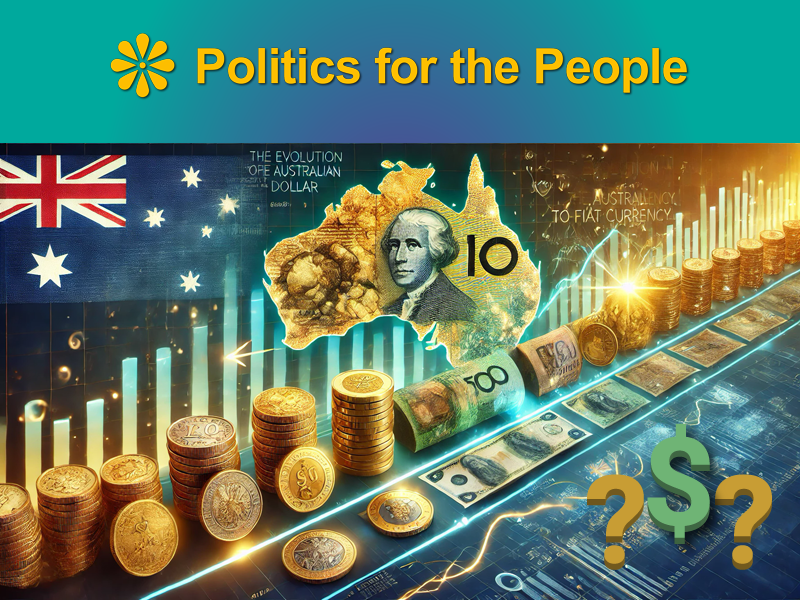Description
Dive into the documentary “Capital in the 21st Century” and explore how it challenges our understanding of wealth and economic inequality.
Introduction: Unpacking Economic Inequality Through Film
“Capital in the 21st Century,” based on Thomas Piketty’s acclaimed book, translates complex economic research into an engaging documentary format. This film sheds light on the pervasive issue of economic inequality that has shaped societies over centuries. By using compelling visuals and real-world examples, it encourages viewers to reconsider the structure of our current economic system and its impact on various aspects of life.
Understanding “Capital in the 21st Century”
Overview of the Documentary
The documentary breaks down intricate economic theories into understandable segments, using striking visuals and succinct explanations. It serves as both an educational tool and a call to action, illustrating how historical wealth accumulation directly influences contemporary economic disparities. The film effectively makes high-level economic concepts accessible to a broad audience, promoting widespread awareness and understanding.
Key Themes and Narratives
“Capital in the 21st Century” addresses several critical themes such as the rise of economic inequality, the dynamics between capital and labor, and the policy-driven mechanisms that favour wealth accumulation by the rich. It explores the repercussions of these themes through various lenses, including social, political, and environmental perspectives, offering a holistic view of the challenges posed by current wealth distribution patterns.
Historical Context and Modern Implications
Tracing the Roots of Wealth Inequality
The film delves deep into the historical underpinnings of the wealth gap, tracing its origins back to the industrial revolution and beyond. It highlights key periods and decisions that have contributed to the current state of economic inequality, such as colonialism, industrialization, and modern globalization. By connecting historical events with current economic structures, the documentary provides a comprehensive backdrop for understanding today’s disparities.
Impact on Society and Environment
The documentary does not shy away from discussing the broader impacts of wealth inequality. It links economic disparity to critical social issues like reduced social mobility, increased crime rates, and poor public health outcomes. Environmentally, it highlights how the concentration of wealth can lead to unsustainable consumption patterns and inadequate responses to climate change, emphasizing the need for fair resource distribution.
Critique and Controversy
Debating the Film’s Perspective
While “Capital in the 21st Century” is celebrated for its insightful analysis, it also faces criticism for its strong stance against neoliberalism and perceived ideological bias. Critics argue that the film may oversimplify complex economic dynamics or present a one-sided view. However, these critiques often spark further discussion and debate, serving to enrich the conversation about economic structures and their alternatives.
The Role of Media and Education
Media and education play a crucial role in shaping beliefs of economic realities. By presenting alternative economic narratives, they challenge the often-superficial coverage of wealth inequality found in mainstream reporting and advocate for a more investigative and critical approach in journalism.
Conclusion: A Catalyst for Change
“Capital in the 21st Century” not only informs but also inspires action. It serves as a catalyst for viewers to question and rethink the fairness and sustainability of our current economic systems. The film’s compelling narrative encourages a re-evaluation of how wealth should be generated, distributed, and used for the greater good.
Engaging with the Documentary
This documentary invites viewers to actively engage with its content, discuss its themes, and spread awareness. It aims to foster a deeper understanding among the public and policymakers alike, urging them to consider more fair economic models.
Question for Readers
Do you believe the current economic system is designed to perpetuate inequality? Why or why not?
Call to Action
Engage deeply with the themes of “Capital in the 21st Century.” Discuss the documentary with friends and family and take part in discussions that push for economic reforms. Advocate for policies that promote social justice and fair wealth distribution.
Reference below:
Capital in the 21st Century Documentary

